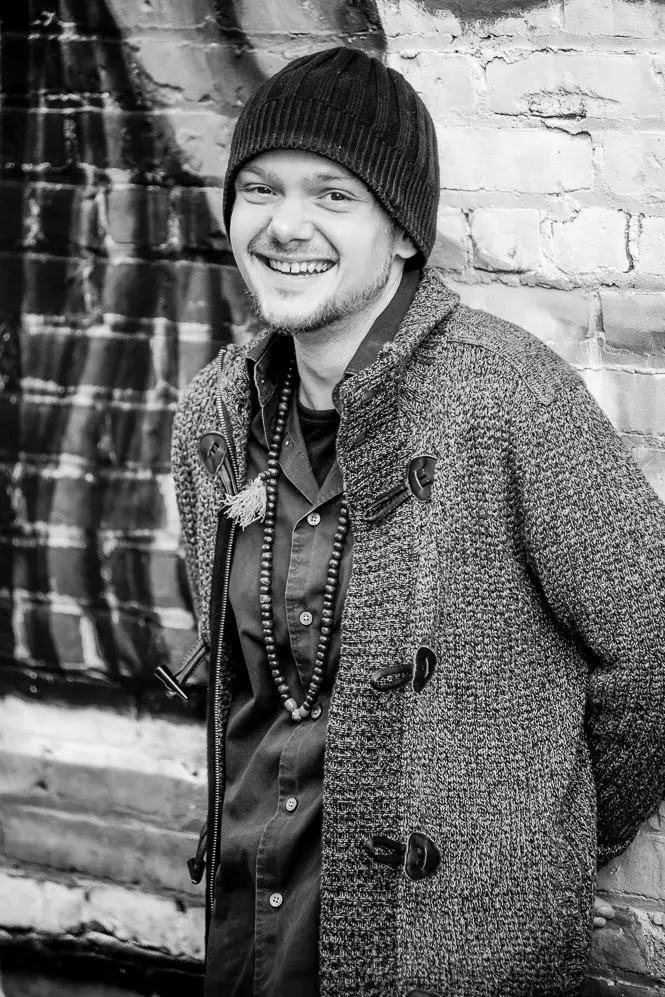The Role of Color Theory in Website Design: Enhancing Branding and User Experience




Color plays a foundational role in website design. It’s not just about making a site visually appealing, but about using color theory strategically to enhance user experience (UX) and brand identity. Colors communicate emotions, guide users through the interface, and influence behavior, making it a powerful tool for engagement and conversion rates.
Using color theory isn’t simply about choosing pretty colors—it’s about understanding how different hues interact and what they convey. Colors, just like typography, can evoke feelings of trust, urgency, calmness, or excitement, affecting how users engage with a website and make decisions. The right color palette enhances user interaction, increases retention, and drives conversions.
Research shows that people form judgments about products or websites within 90 seconds of their initial interaction, and up to 90% of that assessment is based on color. This means that your website’s color choices are not just aesthetic decisions; they influence whether users trust your brand, stay on your site, or take action.
Different colors evoke specific psychological responses and guide user actions. Blue, for example, represents trust and is frequently used by banks, tech firms, and healthcare providers. Red, associated with excitement or urgency, is commonly found in entertainment or food industry websites where immediate action is encouraged, such as making a purchase or clicking a call-to-action (CTA) button.
By understanding how colors affect users emotionally, web designers can create color schemes that align with brand messaging and goals. For instance, green is often linked with nature and health, making it an ideal choice for eco-friendly brands or wellness websites. On the other hand, orange, tied to creativity and affordability, works well for automotive or home decor industries.
The impact of color on user behavior is well-documented. Research from the Pantone Color Institute shows that using the right color combinations can increase brand recognition by up to 80%. A study in the Journal of Marketing Theory and Practice found that colors strategically used in website design can increase visitor-to-buyer conversion rates by 78%.
Here’s a comprehensive breakdown of colors and the emotions they evoke, including various shades, muted tones, and their cultural connotations:
Colors are powerful tools for creating emotional connections with users. Whether the warm tones of red and yellow or the cool hues of blue and green, colors evoke subconscious reactions that affect user experience and how users perceive your brand. When designing a website, your color palette must align with the emotions you want your users to feel.
For example, if you’re designing a wellness website, soft blues, and greens can create a calming atmosphere that promotes relaxation and trust. If the site focuses on sales or entertainment, a bolder palette with vibrant reds and oranges may work better to generate excitement and drive engagement.
While colors have universal psychological effects, their meanings can vary significantly across cultures. Understanding cultural contexts is crucial when designing for global audiences. In Western cultures, white is often associated with purity and peace, but in some Asian cultures, it represents mourning or death. Similarly, red may evoke positive emotions like luck and happiness in Chinese culture but signal danger in Western contexts.
To avoid miscommunication or confusion, it’s vital to consider the geographic preferences of your target audience when choosing your color palette. For websites targeting global users, primary colors like blue, red, and yellow are often safe choices, as they tend to have relatively universal meanings.
To apply color theory effectively in web design, it’s important to understand how different colors work together. Whether you’re using analogous, monochromatic, or complementary palettes, knowing how colors interact ensures harmony and cohesion in the design.
Here are some popular types of color schemes:
Tools like Adobe Color Wheel help designers experiment with color schemes, ensuring they create palettes that resonate with users while maintaining brand alignment.
Visual hierarchy in website design ensures that users are naturally guided to the most important elements on a page. This is especially important in responsive web design. Color is an integral part of this process, helping highlight key areas and draw attention to interactive elements, such as CTAs. By using contrasting colors for CTA buttons and backgrounds, designers can make essential actions stand out.
For example, placing a bright red button on a neutral background immediately draws attention, encouraging users to take action. This simple use of color can increase click-through rates and, ultimately, conversion rates. Similarly, using high-contrast colors for text and background elements improves readability and reduces eyestrain, enhancing the overall user experience.
The colors you choose for your website define your brand identity. Colors create associations and help users remember your brand. Think of Coca-Cola’s red, which signifies energy and passion, or John Deere’s green, symbolizing nature and reliability.
Your primary color should reflect your brand’s core values and message. A consistent color scheme across all pages and marketing materials reinforces brand recognition and builds a cohesive brand image. When done correctly, color theory helps you differentiate your brand from competitors and enhances user retention and loyalty.
Another critical aspect of using color theory in website design is ensuring your site is accessible to all users, including those with visual impairments. Designers should account for conditions like color blindness, where certain color combinations may be difficult to distinguish. High-contrast designs, particularly between text and background, improve legibility for users with vision impairments.
Designers can use tools like contrast checkers to ensure their color choices meet WCAG accessibility standards. These standards recommend specific contrast ratios between text and backgrounds to enhance readability and ensure that content is accessible to everyone.
When building a color palette, it’s important to consider is how colors influence conversion rates. Bright colors like orange and yellow can stimulate users and lead to higher conversion rates, while softer hues like blue and green may promote trust and longer user sessions.
Design consistency is key. A scattered or inconsistent color scheme can confuse users and diminish brand recognition. On the other hand, maintaining a well-defined color scheme across the website enhances the user experience and creates a seamless interaction from start to finish.
Experimentation is valuable, but overloading a page with too many colors can distract users. Limiting the color palette to 3-5 colors ensures consistency and reduces cognitive overload. You can experiment with gradients, as they allow designers to blend colors without clashing, offering visual depth without distracting from the main message.
Great tools for color palette development: https://color.adobe.com/, https://coolors.co/, and https://paletton.com/
Successful brands know how to use color theory effectively. Spotify uses green to reflect its connection to nature and growth while reinforcing its branding with this same color across different parts of the interface. Stripe, a payment gateway, uses soft blues to convey security and trustworthiness, key elements for financial transactions. By strategically applying color theory, these websites are visually appealing and functionally effective, driving engagement and conversions.
Understanding and applying color theory in website design is key to creating an impactful, cohesive user experience. By aligning color choices with brand identity, user behavior, and cultural context, designers can create websites that not only look good but also engage users and boost conversion rates. Whether it’s crafting emotional connections or guiding users through the interface, color remains one of the most effective tools in a web designer’s toolkit.